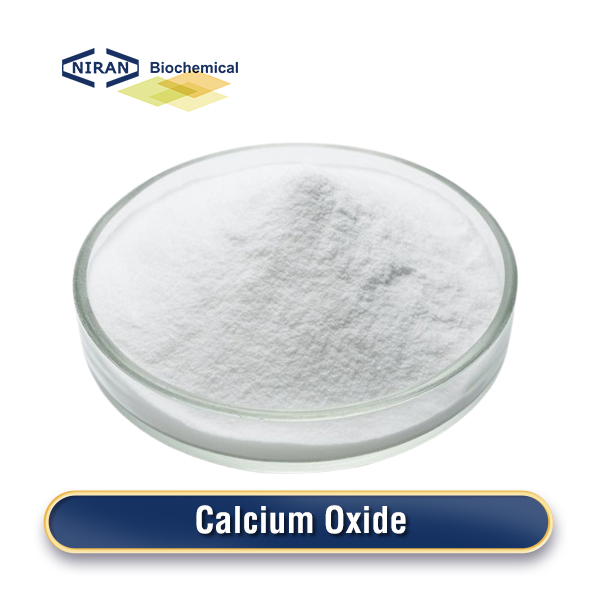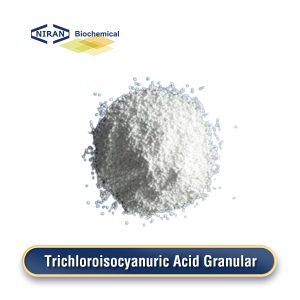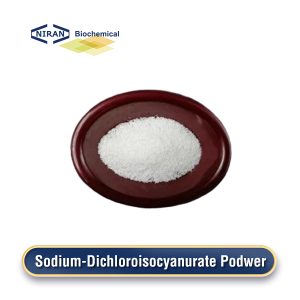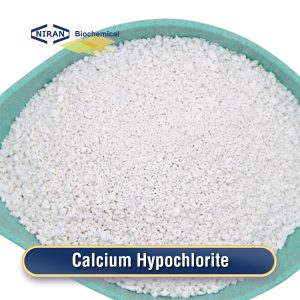Calcium Oxide
- CAS Number: 1305-78-8
- Chemical Formula: CaO
- MOQ: 1000KG
- Shelf Life: 2 years
- Types: Powder
- Synonyms: Quicklime, Burnt Lime, Lime, Calcium monoxide
Product Description
What Is Calcium Oxide?
Calcium Oxide (CaO), commonly referred to as quicklime or burnt lime, is an inorganic compound extensively utilized across various industries.
It is predominantly synthesized through the calcination process, wherein calcium carbonate (limestone) is subjected to elevated temperatures (900–1000°C) in a kiln. This thermal decomposition process produces calcium oxide and releases carbon dioxide. Calcium oxide is highly reactive and is used in applications such as cement production, water treatment for softening, and in chemical manufacturing. It is also utilized in metal extraction processes and functions as a desulfurizing agent in the steel manufacturing sector.
Related Parameters:
| Items | Standards |
| Purity | ≥ 95% |
| Calcium Oxide Content | ≥ 85% |
| Loss on Ignition | ≤ 5% |
| Moisture Content | ≤ 0.5% |
| pH (1% solution) | 12.0-13.0 |
| Bulk Density | 0.6 – 1.1 g/cm³ |
| Iron Content | ≤ 0.05% |
| Magnesium Oxide (MgO) | ≤ 1% |
Recommended Dosage of Calcium Oxide:
| Applications | Dosage |
| Cement Production | 60%-70% |
| Steel Production | 10%-15% |
| Glass Manufacturing | 5%-8% |
| Water Treatment | 3%-7% |
| Chemical Manufacturing | 8%-12% |
| Soil Treatment | 2%-5% |
| Wastewater Treatment | 5%-10% |
| Flue Gas Desulfurization | 2%-4% |
| Food Processing | < 1% |
Calcium Oxide Has Wide Range of Uses:
In construction, it is used in the production of cement and mortar, where it reacts with water to form calcium hydroxide.
In environmental applications, it plays a key role in flue gas desulfurization and wastewater treatment, helping to neutralize acidic substances.
Calcium Oxide (CaO) is used in the chemical industry to produce calcium carbide, calcium hydroxide, and lime-based materials. It acts as a catalyst in chemical reactions, is employed in desulfurization in steel production, and is essential in aluminum manufacturing and other metal industries.
Additionally, calcium oxide serves in the extraction of metals, especially in refining processes, and acts as a desulfurizing agent in steel manufacturing. Its ability to absorb moisture and carbon dioxide makes it essential in industries such as agriculture, where it’s used to improve soil quality.
User Asked Question:
Q: How does Calcium Oxide differ from Calcium Hydroxide?
A: Calcium Oxide (CaO), also known as quicklime, is a highly reactive compound used in processes like steelmaking and chemical manufacturing. It reacts with water to form Calcium Hydroxide (Ca(OH)₂), which is less reactive and commonly used for water treatment, neutralization, and as a base in various industrial applications. While both are alkaline, Calcium Oxide is primarily used for its strong dehydroxylation properties, while Calcium Hydroxide is employed for its milder nature in applications such as in mortar and as a disinfectant.




